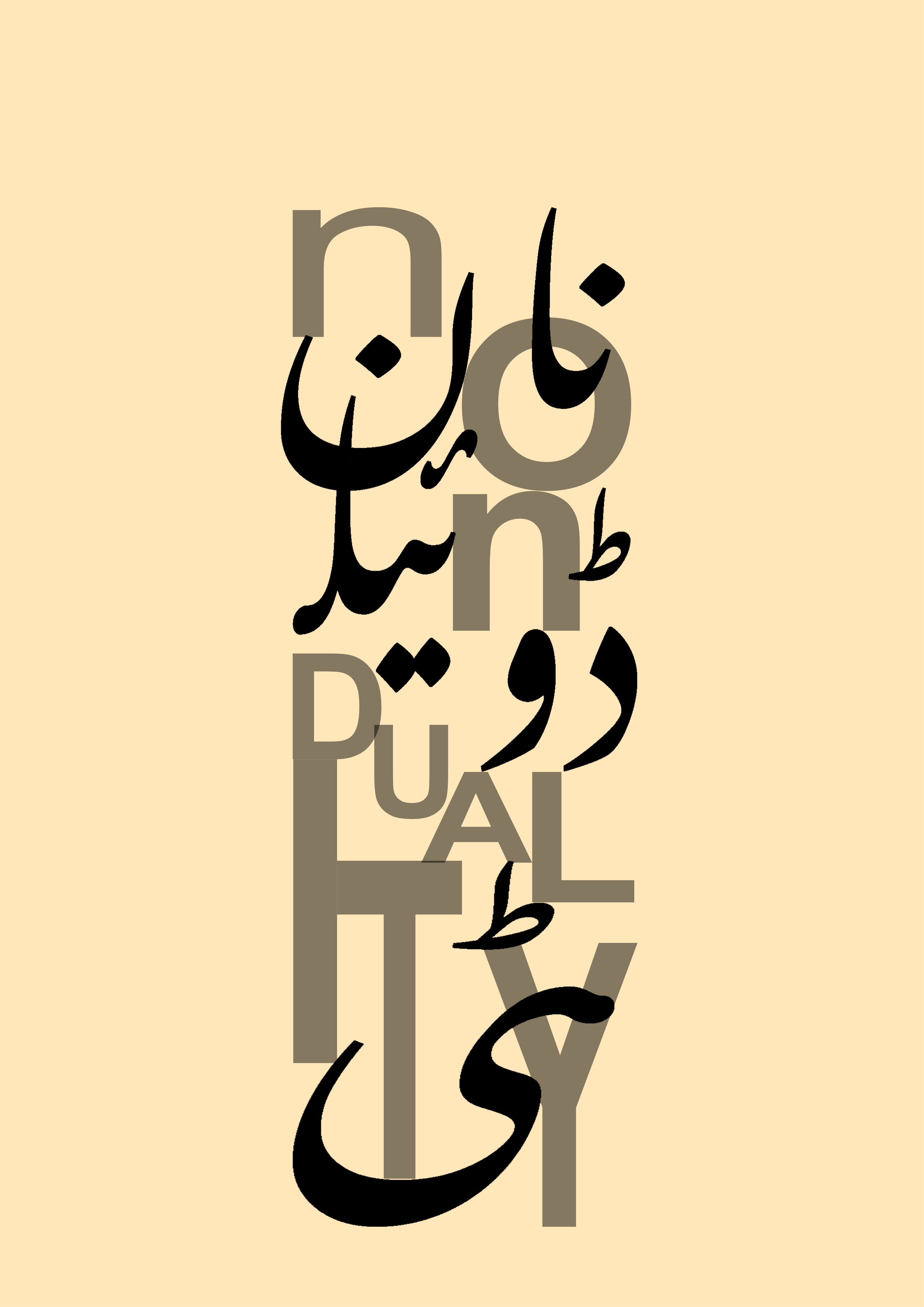

Art practice and the Nondual experience
In the Western philosophical traditions, nonduality relates to the mind-body or subject-object issue. A nondual experience refers to a state of consciousness in which the dichotomy of ‘I’ and the ‘other’ is "transcended".
Non-duality means "not two" or "one undivided without a second". In the Eastern traditions (Advaita Vedanta, Buddhist philosophy and Sufism), nondual experience is described as a 'spiritual experience' or 'experience of oneness'. It is the human experience of oneness with all things; a sense of connection to and identity with the entire universe.
Aesthetic objects are contemplated as objects of sensory pleasure and hold significance and value. The act of experiencing (or looking at) an artwork requires a seer and an object that is being seen. Could there be a moment in that experience where the distinction between the seer and the artwork blurs? In some literature, an aesthetic experience is described as nondual because it is nonintentional and cognitive. Often, it becomes difficult to distinguish between aesthetic and spiritual.
My art practice is two-pronged: an exploration of whether an aesthetic experience is similar to a nondual (or spiritual) experience, and the creation of art to explore the issue of representing nonduality in contemporary art. I research nondual experience in various traditions and how they are represented in contemporary art.